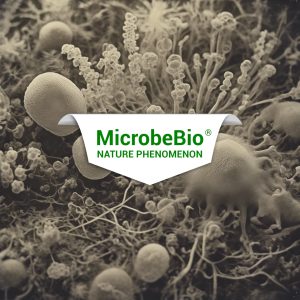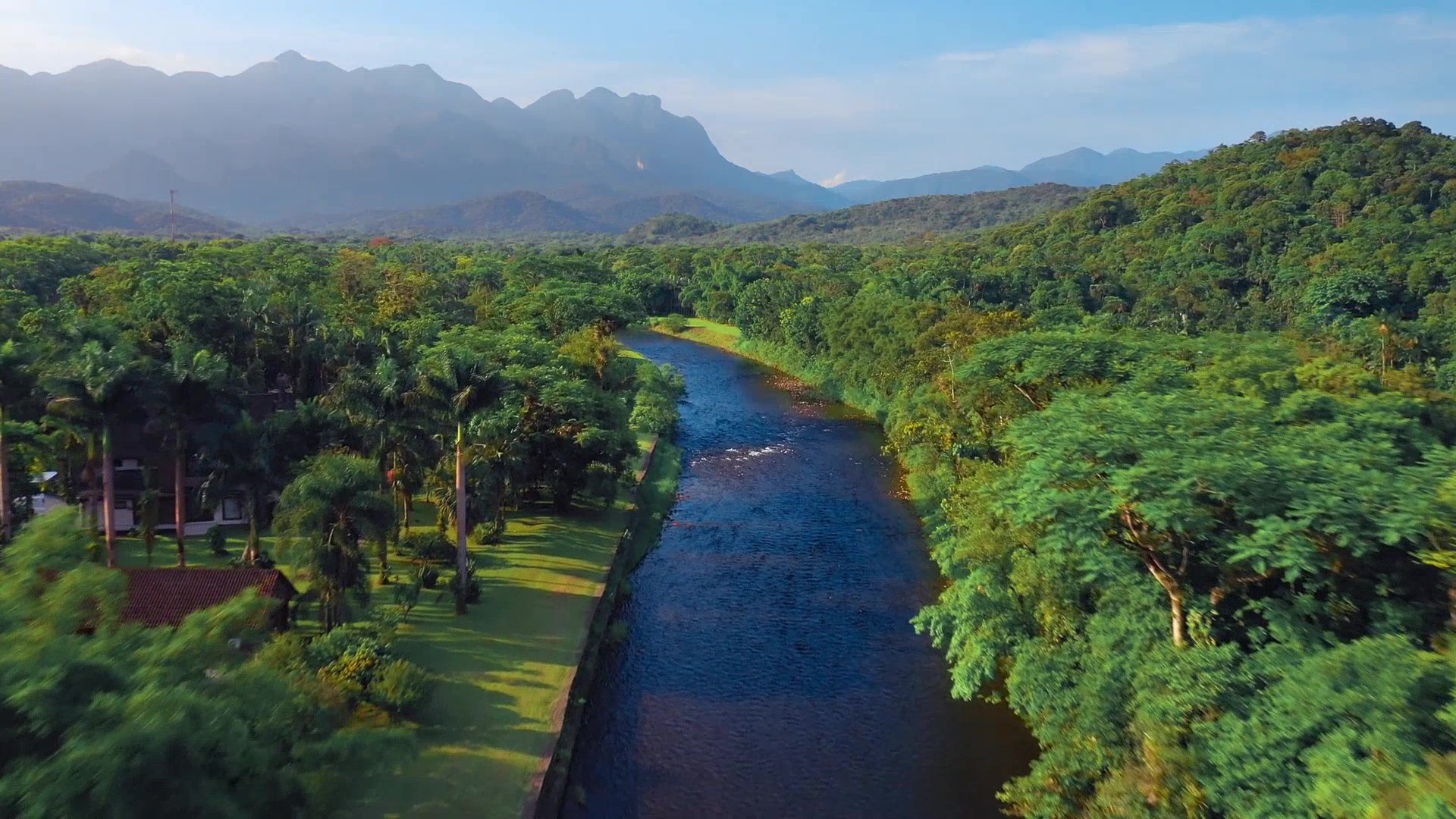Harnessing Microbial Power: How Microbebio’s Proprietary Formulations Are Revolutionizing Lake and River Remediation
In an era where environmental challenges are increasingly complex and widespread, the degradation of freshwater ecosystems stands out as a critical issue. Lakes and rivers, once pristine and teeming with biodiversity, are now often burdened with pollutants ranging from agricultural runoff and industrial effluents to heavy metals and organic waste. These pollutants not only threaten aquatic life but also compromise the quality of water, posing risks to human health and the broader environment.
Conventional remediation methods—such as chemical treatments, mechanical aeration, and physical removal of contaminants—have been employed to tackle these challenges. However, these approaches often fall short, offering only temporary relief and sometimes leading to secondary pollution. In contrast, bioremediation, the use of living organisms to detoxify and restore polluted environments, presents a more sustainable and effective solution. This is where Microbebio’s proprietary microbial formulations come into play.
 The Science Behind Microbebio’s Microbial Formulations
The Science Behind Microbebio’s Microbial Formulations
Microbebio’s microbial formulations are meticulously engineered to harness the natural capabilities of specific microbial consortia. These consortia include bacteria, fungi, and algae, each selected for their unique metabolic abilities and resilience to environmental stressors. Together, they form a powerful team capable of addressing a wide range of pollutants in both lakes and rivers.
Bacterial Workhorses
Bacteria are the cornerstone of Microbebio’s formulations, known for their ability to degrade various organic and inorganic pollutants. For example, certain strains of *Pseudomonas* and *Bacillus* are adept at breaking down hydrocarbons, while *Desulfovibrio* species are effective in reducing sulfate, making them invaluable in tackling pollution from industrial activities.
These bacteria operate through complex metabolic pathways, including aerobic and anaerobic respiration. In oxygen-rich environments, they use oxygen to break down pollutants into harmless byproducts such as carbon dioxide and water. In oxygen-depleted conditions, often found in polluted lakes and rivers, they utilize other electron acceptors like nitrate or sulfate, allowing them to continue degrading pollutants even in challenging environments.
Fungal Allies
Fungi play a complementary role in Microbebio’s formulations by breaking down complex organic compounds that are resistant to bacterial degradation. White-rot fungi, such as *Phanerochaete chrysosporium*, are particularly effective in degrading lignin and other recalcitrant materials, as well as pollutants like synthetic dyes and polycyclic aromatic hydrocarbons (PAHs). These fungi produce powerful extracellular enzymes, including laccases and peroxidases, which initiate the breakdown of large molecules into smaller, more manageable forms.
Additionally, fungi contribute to the removal of heavy metals from the environment through a process called biosorption. Their cell walls can bind and concentrate heavy metals, reducing their bioavailability and toxicity in the aquatic ecosystem.
Algal Contributions
Algae, particularly microalgae, are essential in Microbebio’s formulations for their role in nutrient cycling and oxygen production. Excess nutrients, such as nitrogen and phosphorus from agricultural runoff, can lead to eutrophication—a process that results in harmful algal blooms and oxygen depletion. Microalgae assimilate these nutrients into their biomass, effectively reducing their levels in the water and preventing eutrophication.
Moreover, microalgae enhance the bioremediation process by producing oxygen through photosynthesis, which is crucial for maintaining aerobic conditions and supporting the metabolic activities of bacteria and fungi.
How Microbebio’s Formulations Restore Aquatic Health
The application of Microbebio’s microbial formulations in polluted lakes and rivers initiates a multi-faceted restoration process. The combined actions of bacteria, fungi, and algae work synergistically to degrade pollutants, remove excess nutrients, and restore ecological balance.
Degradation of Pollutants
The primary function of Microbebio’s microbial consortia is the degradation of pollutants. Bacteria and fungi target specific contaminants, breaking them down into less harmful substances or completely mineralizing them. For instance, hydrocarbons and pesticides are oxidized and transformed into carbon dioxide, water, and biomass, while heavy metals are sequestered and rendered less toxic.
Nutrient Removal and Eutrophication Control
Microbebio’s formulations excel in nutrient removal, addressing one of the most common causes of aquatic ecosystem degradation: eutrophication. By reducing the levels of nitrogen and phosphorus in the water, these formulations prevent the excessive growth of algae, which can lead to oxygen depletion and the collapse of aquatic life. The inclusion of microalgae not only aids in nutrient removal but also contributes to the oxygenation of the water, further supporting the health of the ecosystem.
Long-Term Ecological Restoration
Beyond the immediate benefits of pollutant degradation and nutrient removal, Microbebio’s microbial formulations contribute to the long-term restoration of aquatic ecosystems. By enhancing the natural microbial communities and facilitating the recovery of native species, these formulations help to reestablish a balanced and resilient ecosystem. This not only improves water quality but also supports the biodiversity and overall health of lakes and rivers.
The Future of Aquatic Remediation
As environmental challenges continue to grow, the need for sustainable and effective solutions like Microbebio’s microbial formulations becomes increasingly urgent. These cutting-edge biotechnologies offer a powerful tool for restoring polluted aquatic ecosystems, providing long-term benefits that extend beyond mere pollution control. By choosing Microbebio, stakeholders can take a proactive approach to environmental stewardship, ensuring the health and resilience of our lakes and rivers for future generations.
Microbebio’s commitment to innovation in microbial biotechnology sets a new standard for aquatic remediation. Through the power of nature and advanced scientific research, we can turn the tide on water pollution and restore the vital ecosystems that sustain life on Earth.

